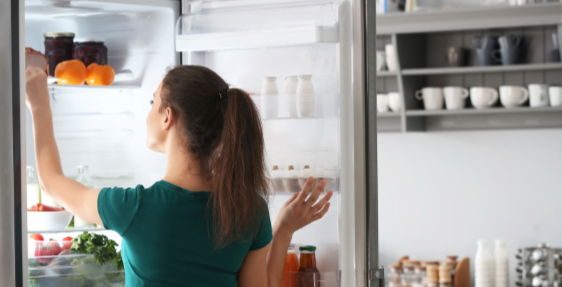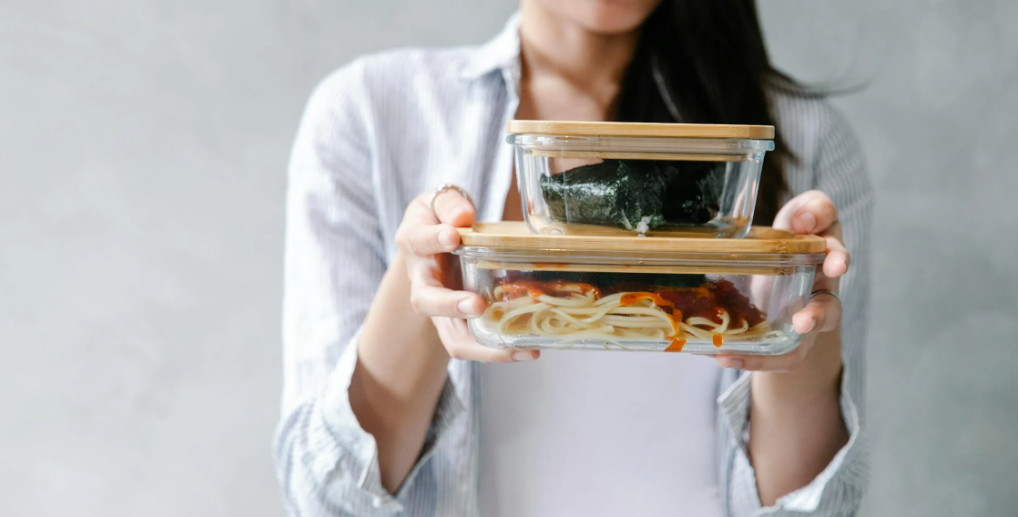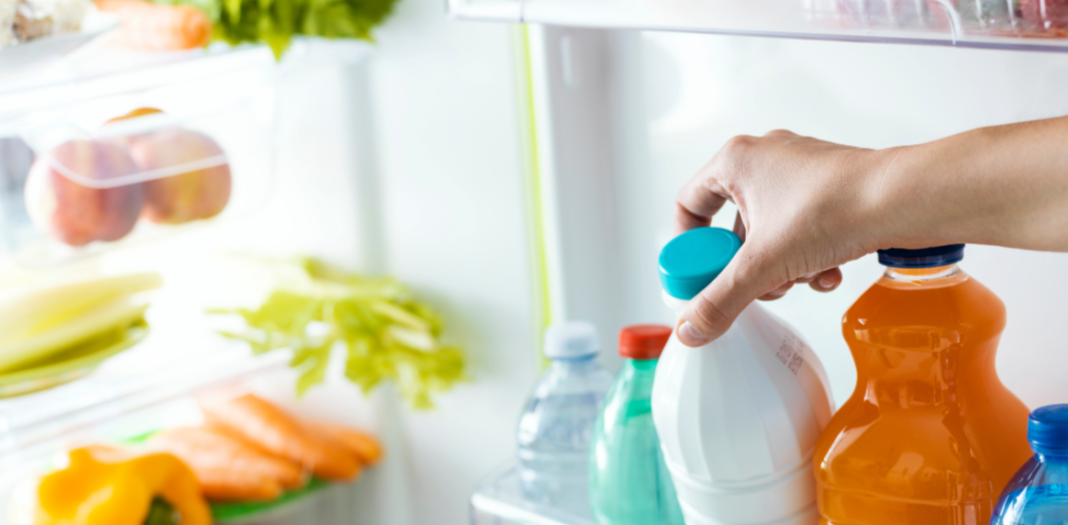How to Properly Store and Use the Fridge and Freezer to Keep Food Safe and Fresh
Food safety is a responsible practice that requires management of temperature and proper hygiene to prevent foodborne illnesses. One of the most important steps in food safety is ensuring that you store and keep perishable foods at the correct cold temperatures. If you leave food out for too long, bacteria will grow, making it unsafe to eat.
This guide will help you understand how long food can last, how to set your fridge and freezer properly, and why proper cooling and temperature control are crucial to prevent food hazards.
Why Proper Refrigeration is Important
Bacteria that cause food poisoning multiply fastest between 40°F (4°C) and 140°F (60°C). This is known as the danger zone—a hazard that can seriously affect food safety. If food is left in this range for too much time, it will no longer be good to eat. To act responsibly, always store perishable foods in a cold environment and avoid hot temperatures for extended periods.
Follow These Important Refrigeration Practices
1. Never Leave Perishable Foods Out Too Long
- Leave perishable food out of the fridge for as little time as possible.
- If you are taking perishable food into a hot environment like a picnic, use a cool bag and some portable ice packs.
If you fail to act on this, bacteria will grow rapidly, quickly making food unsafe to eat.
2. Record Your Fridge and Freezer to the Right Temperature, Using a Thermometer

What temperature should a fridge and freezer be?
- Check local guidelines for your country on what temperature your fridge and freezer should be:
- Fridge Temperature – from 3°C to 5°C / 37°F to 40°F (with an absolute maximum of 46.4°F / 8°C for higher shelves)
- Freezer Temperature – 0°F / -18°C
- Always check your fridge and freezer using a thermometer to control, monitor and keep a record of the temperature.
- Be aware that fridges may have inconsistent cooling, use thermometers to identify where the coldest parts of the fridge are.
- Understand the importance of thermometer placement and food placement inside the fridge
If your fridge and freezer are not at the right temperature, bacteria can multiply, affecting food safety. A normal kitchen environment should have cold storage solutions that will effectively keep food fresh. For maintaining this ideal environment, you need at least one thermometer in your fridge and one in your freezer. Having multiple thermometers can help you determine the coldest parts of the fridge in cases of inconsistent cooling.
3. Store Leftovers Correctly
- Place leftovers in shallow containers for a shorter cooling time.
- Avoid overcrowding the fridge with too many hot containers, this can overheat the fridge, and the food items will take longer to cool.
- Make sure to double check leftovers for signs of spoilage before eating.
- Use a tightly sealed container
If leftovers stay in the fridge for too much time, bacteria can start to grow, even in a cold environment.
4. Don’t Leave Food to Defrost or Marinate on the Counter
- Instead, the best way to defrost and to marinate food is in the fridge.
- You can also use cold water to defrost but make sure to change the water at intervals to make sure the water doesn’t get too hot.
- You can also use a microwave to defrost, but cook the food immediately after, don’t leaving it sitting around at a high temperature.
Proper defrosting and thawing management will help prevent contamination and act as a key food safety step.
5. Freezing: Keep Food Safe for a Long Time
- Freezing does not kill bacteria, but it will prevent bacteria from growing.
- Use a freezer thermometer to ensure the freezer remains at the ideal temperature
- Use airtight bags or containers to store food in the freezer.
- Always check the storage time to know how long food can stay frozen before quality declines.
A proper hygiene management system includes tracking how long food will stay fresh. Food that has been frozen for too long can become dry or lose its flavour, even if it is still safe to eat.
6. Check Food Before Eating: Know When to Throw It Out
- If food has a bad smell, remove it from the fridge immediately.
- If you check food and see mould, throw it away.
- Check the use- by and best before dates. If you made the food yourself, consider labelling it with the date at which you cooked or prepared the food.
To ensure food safety, always follow best hygiene practices and check food before eating. Knowing when to discard food is a key part of responsible food management.

Conclusion: The Main Takeaway for Food Safety and Storage
By following these important guidelines, you can ensure food will remain safe and fresh. Proper cooling, temperature control, and storage management will help you prevent unsafe food.
Always store food at the right temperature, properly defrost frozen items, and never leave perishable food out for too long. These important steps will act as your main defence against food safety hazards.
Now that you understand the best practices, take control of your kitchen’s food safety by ensuring your fridge, freezer, and storage methods are always up to check!

